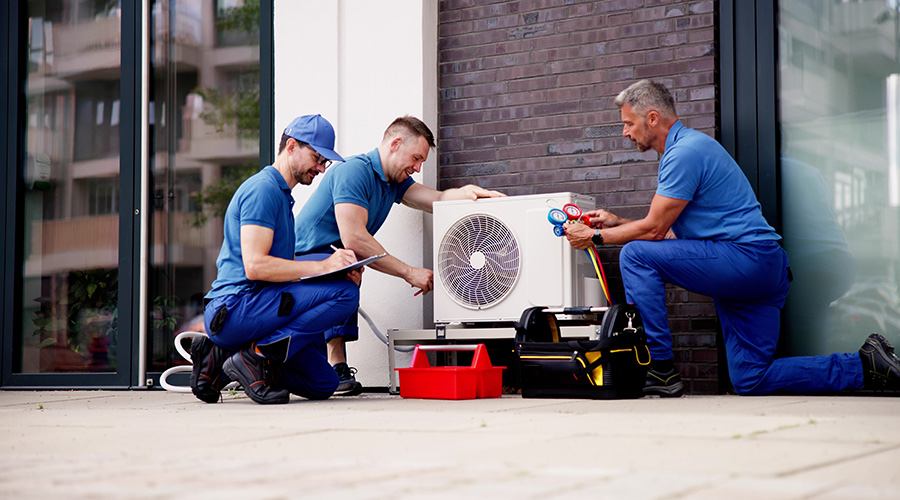Making HVAC, Chiller Retrofits Work
The task of replacing a building chiller is one that maintenance and engineering managers tend to avoid as long as possible. A building chiller is frequently the single most expensive piece of mechanical equipment in the building.
Its removal and replacement is disruptive, requiring the modification of portions of the building's piping system, and in some cases, removal of entire walls or ceilings. It is a time-consuming process, frequently requiring a year or more from the time the replacement decision is made until the new chiller is in place. If the facility has critical loads that require year-round chilled water, managers must make arrangements for temporary cooling systems.
These and other factors make it easy to understand why some managers move overly cautiously when faced with potential replacement decisions, simply choosing to not replace a chiller as long as they can keep it operating. It is the old saying, "If it ain't broke, don't fix it."
While such an approach might make sense with some maintenance activities, it can actually cost serious money when it comes to the operation and maintenance of building chillers. Even worse, it could leave you without cooling for an extended period of time.
Moving cautiously is important when facing the potential costs and disruption associated with a chiller replacement, but there are other factors that must be taken into consideration. Knowing what those factors are and how they apply to a particular installation are important to reach the optimum decision.
Eye On Efficiency
Chiller manufacturers have made significant improvements in the operating efficiency of their units over the past 20 years. For example, a number of today's high efficiency centrifugal chillers have a full-load efficiency rating of approximately 0.50 kilowatts (kW) per ton. A few very high-efficiency models have ratings in the range of 0.40 kW per ton.
Ten years ago, chillers typically had a full-load efficiency rating of 0.75 to 0.85 kW per ton. Twenty years ago, they were in the range of 0.85 to 1.00 kW per ton. What this means is that a new, high efficiency chiller when operated at full-load will require about 60 percent of the energy that would be used by a 20-year-old chiller. This does not take into consideration other efficiency decreases that occur with normal wear and tear in the older chiller.
While chillers in most applications operate at full-load capacity less than three percent of the time, the improvement in full-load ratings does serve as a measure of how chiller operating efficiencies have improved. Even moderate improvements in operating efficiency can result in very large savings, particularly in facilities where chillers operate more than 2,000 hours per year.
Related Topics:














